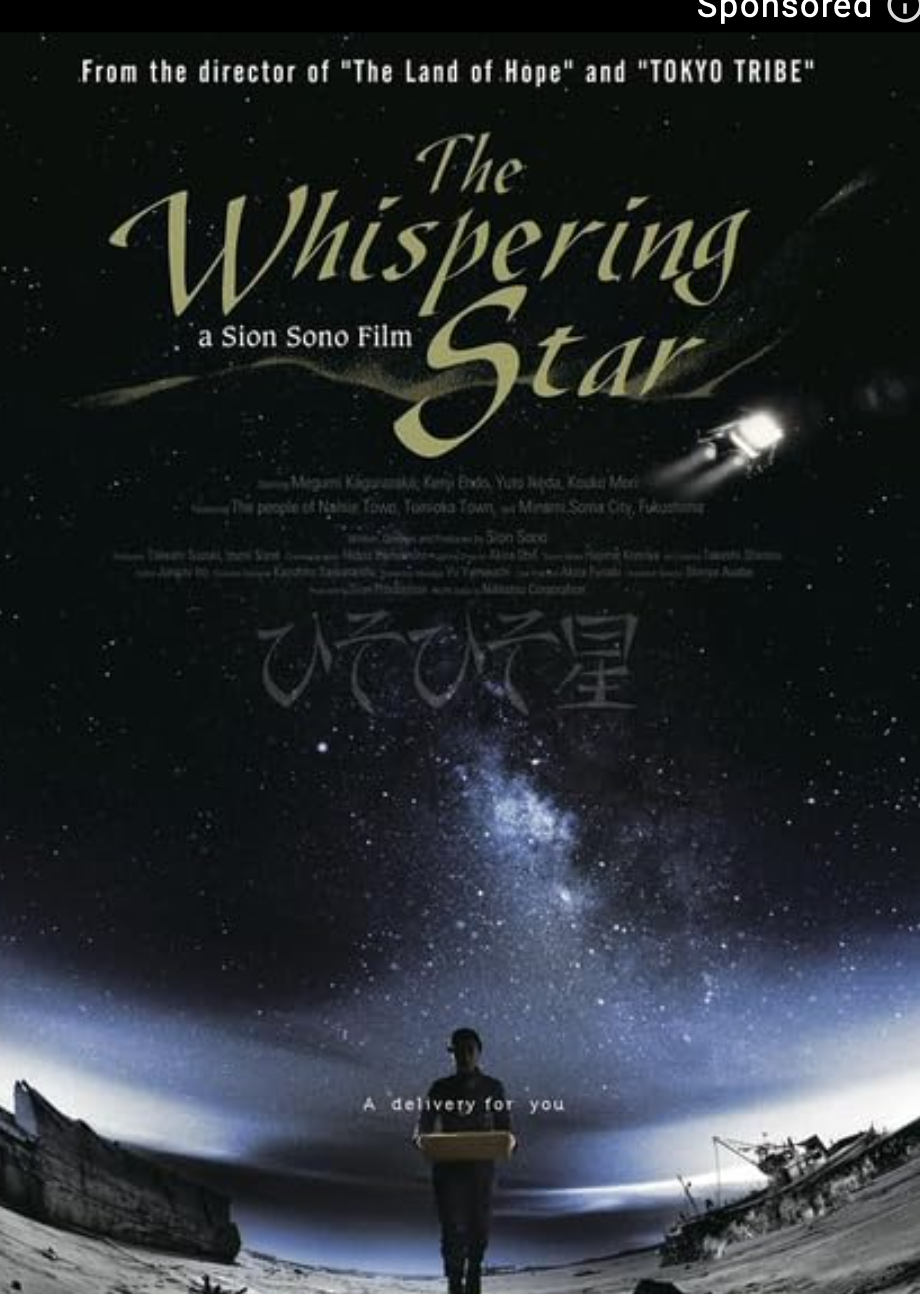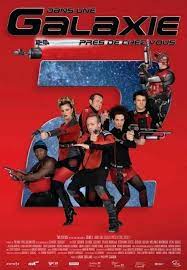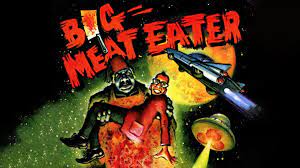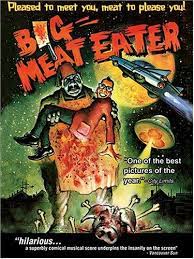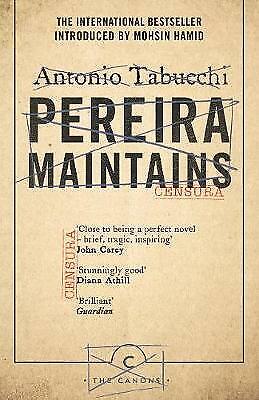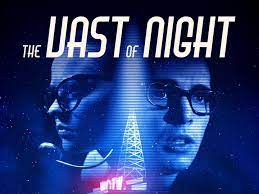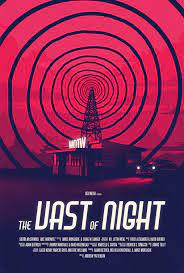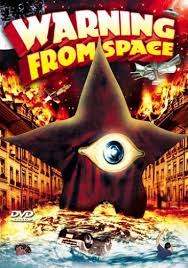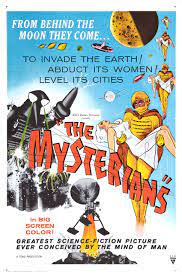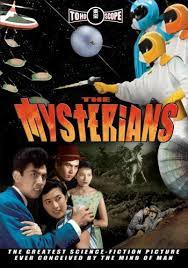Whispering Star (2015) Hiso hiso boshi
Runtime of 1 hour and 40 minutes rated 6.5 by 1244 cinematizens
Genre: Sy Fy.
DNA: Japan.
Verdict: Museum pace.
Tagline: all trip, no arrival.

The inside story of UPS (Space Parcel Service) as the android operator traverses the universe to deliver cardboard boxes to the widely dispersed, few remaining human beings in the galaxy.
The SPS van looks like a humble cottage outside and inside, except for the rocket motors, and the computer guidance system which froths at speaker on bad days. Imagine that, a rocket ship with a leaking faucet, and a moth trapped in the cover diffuser on a neon tube ceiling light.
Space is vast and empty and the deliveries take years. Many wonderful images of the cosmos.
Strange since Amazon teleportation takes seconds but some people prefer this archaic method of dispatch. The android has a daily routine of cleaning and recording a log. We see this repeatedly. (Hint.)
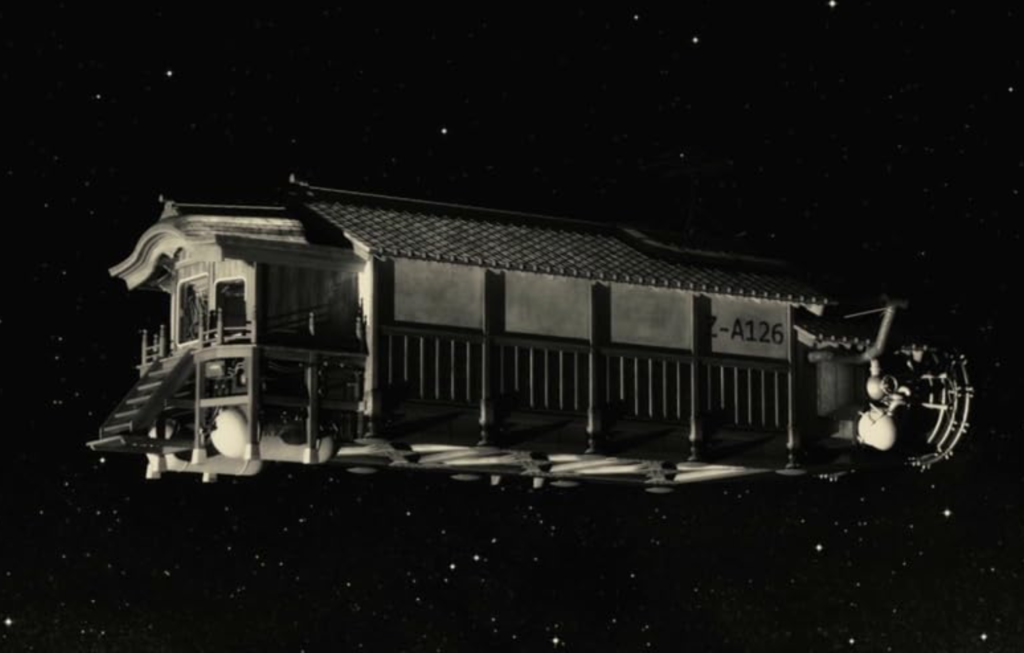
When not changing her AA batteries, the Droid does peek in some of the boxes (which are unsealed such is the trust in androids), perhaps wondering, if androids are curious, what could be so special or important as to warrant a ten-year delivery by hand. Only the most mundane objects are revealed: a hat, a pencil, a strip of film with banal images on it, a feather, one wood screw, a blank scrap of paper…. Upon arrival recipients are blasé about the decade long delivery, except for one whose reaction we see through a paper wall like a shadow puppet play. Marvellously done.
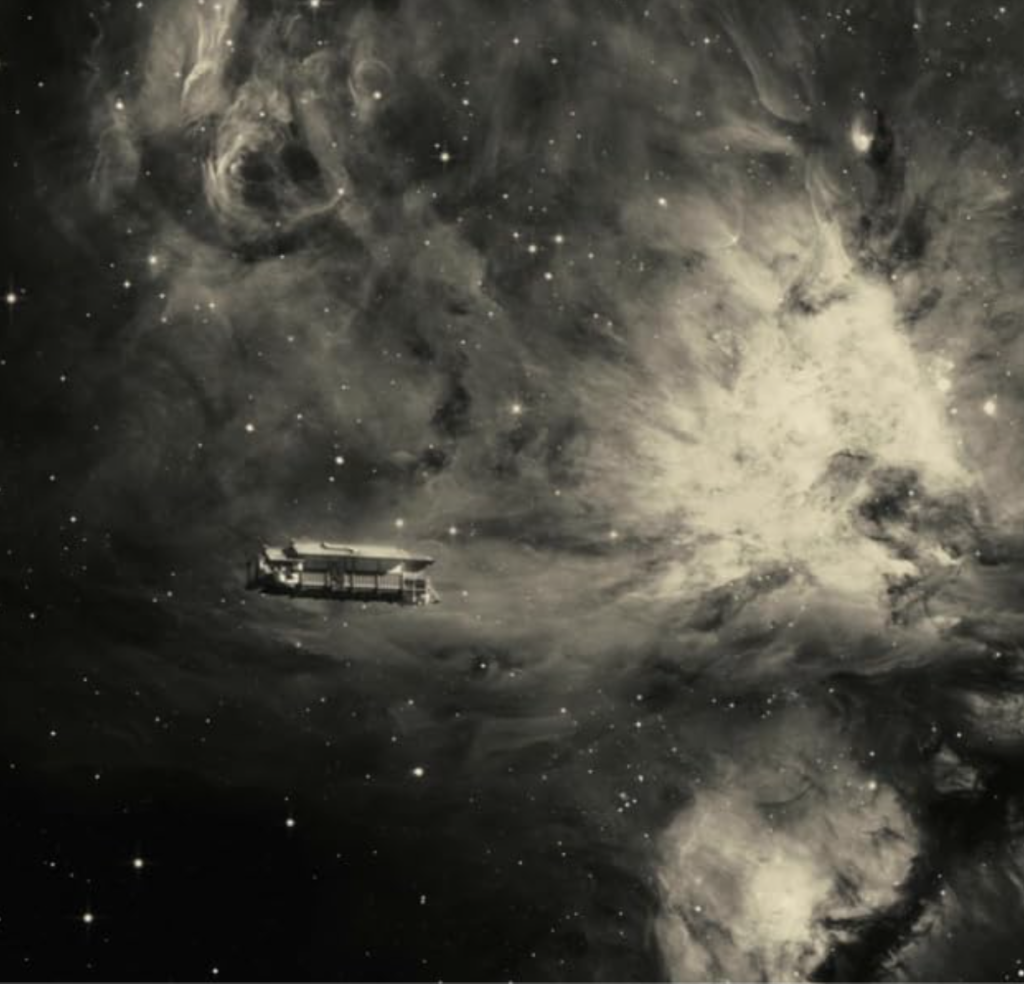
Most of the outdoor footage was shot in the forbidden zone of Fukushima and looks it. That reference will remind alert cinematizens of Andrei Tarkovsky (sorry about that), and yes on this point there is a resemblance to his Stalker (1979). But I found his palpable contempt for both audience and subject matter distasteful, whereas this treatment was restrained and presented its subjects with respect, even deference. This filmmaker did not watermark the film with a sneer like Tarkovsky.

Black-and-white with a minimal soundtrack. There are one or two shots of colour and a brief stretch of string music in one instance.
Having said that, it still does not make much sense to me, but perhaps to thee. One review I read went on about Plato’s allegory of the cave, for no good reason that I could fathom.

